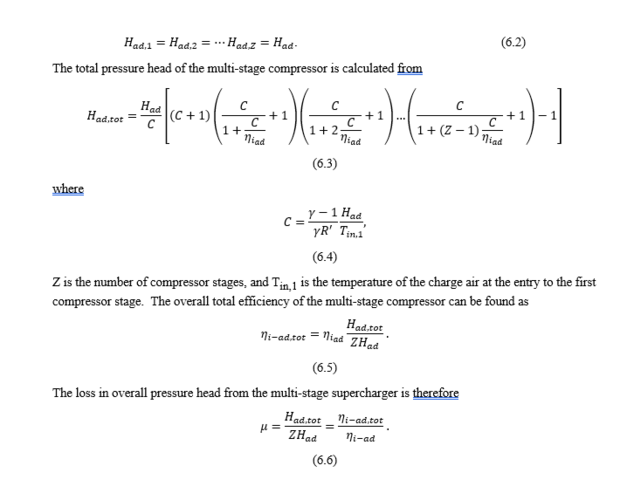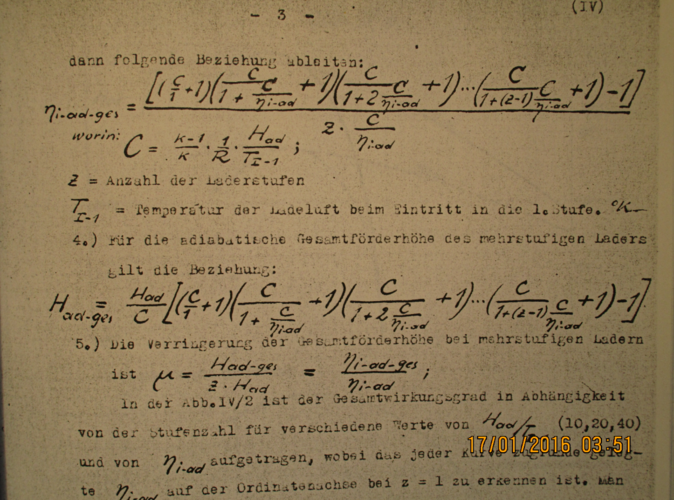One thing I feel is missing from the book is more than a passing mention of Miss Shilling's orifice, the washer that was fitted quite literally as a stopgap to moderate the Merlin's inverted-flight carburettor problems. It is well enough documented elsewhere, but a brief account of the problems, how the washer did and did not fix them, its effect on the aircraft's battle capability, and how long it remained a standard fitting, would be a useful round-out to the tale.
Apparently they never fitted them to the Mosquito. I was watching a program and apparently this was the cause of a mosquito loss in 2012 I think, inverted on the airshow, engine out and stall. Two crew lost
ASN Wikibase Occurrence # 18913
Last updated: 3 January 2021
This information is added by users of ASN. Neither ASN nor the Flight Safety Foundation are responsible for the completeness or correctness of this information. If you feel this information is incomplete or incorrect, you can
submit corrected information.
Tweet
| Date: | 21-JUL-1996 |
| Time: | 12:01 |
| Type: |
de Havilland DH.98 Mosquito T.Mk III |
| Owner/operator: | British Aerospace PLC |
| Registration: | G-ASKH |
| C/n / msn: | ex.RR299 |
| Fatalities: | Fatalities: 2 / Occupants: 2 |
| Other fatalities: | 0 |
| Aircraft damage: | Written off (damaged beyond repair) |
| Category: | Accident |
| Location: | 1 mile west of Manchester Barton Airport (EGCB) England. - United Kingdom |
| Phase: | Manoeuvring (airshow, firefighting, ag.ops.) |
| Nature: | Demo/Airshow/Display |
| Departure airport: | Hawarden Airport (EGNR) |
| Destination airport: | Hawarden Airport (EGNR) |
| Investigating agency: | AAIB |
Narrative:
The last airworthy de Havilland DH.98 T.Mk. III Mosquito (G-ASKH, ex-RAF serial RR299) crashed on 21-7-1996, 1 mile west of Manchester Barton Airport (EGCB) during an air display. Both occupants were killed (pilot Kevin Moorhouse and engineer Steve Watson). According to the following extract from the official AAIB report into the accident.
"The aircraft left Hawarden at 11:30 hrs on 21 July and flew to Barton Airfield where, after a short period holding off, the pilot started his display routine at 11:56 hours. The main display axis was along Runway 09/27. The routine consisted of a series of non-aerobatic manoeuvres such as climbs, descents, medium turns,level flight at 220 to 240 knots, along the display axis not below 100 feet agl and 'wing overs'; the latter is a manoeuvre which involves the aircraft reversing its course by climbing and rolling to the left or right.
The weather was fine, the surface wind was generally from the south at 9 knots and the temperature was 26 degrees C;the wind at 2,000 feet was 240 degrees and 10 knots. The display was nearing its conclusion with a fly past along the display axis from east to west followed by a steep climb into a 'wing over' to the right during which control of the aircraft was lost.
The aircraft was then observed to complete a number of uncontrolled manoeuvres before control appeared to have been regained, but at too low a height to prevent impact with the ground".
Damage sustained to airframe: Per the AAIB report "Aircraft destroyed". As a result, the registration G-ASKH was cancelled by the CAA on 16-12-1996 as "destroyed".
The inquest one year after the accident found that a historic problem with this aircraft (engine cutting out during negative g) is what caused the left engine to temporarily but fatally cut out during the wing over. It was an engineer from the second world war that provided us with this information. Both men are sadly missed.
Sources:
1.https://assets.publishing.service.gov.uk/media/542301dce5274a1317000b69/dft_avsafety_pdf_501355.pdf
2.CAA:
https://siteapps.caa.co.uk/g-info/rk=ASKH
3.https://www.independent.co.uk/news/two-die-as-last-mosquito-crashes-1329886.html
4.https://forum.keypublishing.com/showthread.php?37977-Mosquito-RR299-crash
5.http://vintageaeroplanewriter.blogspot.com/2011/02/dh-mosquito-rr299.html
6.http://www.warbirdregistry.org/mossieregistry/mossie-rr299.html
7.Julie Moorhouse, Kevin Moorhouse's daughter who attended inquest.










